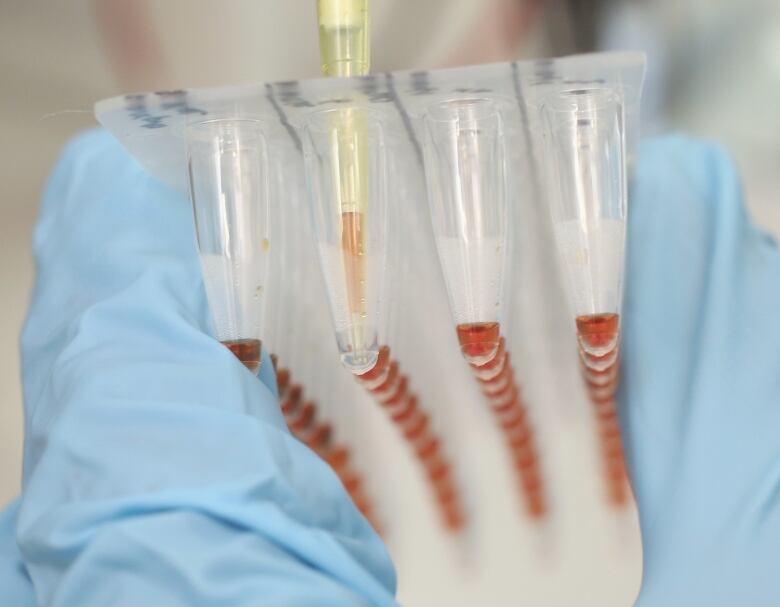Unicorns to designer babies: New gene editing tech could change course of evolution

Imagine a world where genetic diseases can be edited and cured, where pigs can be "humanized" to use their organs for transplants in people and where we might even run into unicorns or winged dragons.
Those are all potential outcomes for a gene editing technology called CRISPR-Cas9 or CRISPR for short that has made huge waves in the scientific community since its discovery five years ago.
Jennifer Doudna, a professor of molecular and cell biology at the University of California Berkeley, is one of the scientists who made the initial discovery.
"I have to say I kind of laughed out loud, because it's one of those moments that we all as scientists live for," Doudna tells The Current's Anna Maria Tremonti.

"But I also very quickly felt a sense of awe, because it was clear that this technology would be very powerful and would ... in the end really change our world."
CRISPR allows scientists to easily, precisely and cheaply remove or insert sequences into the genes of any living thing, from plants to animals to humans. It has already been used to make crops more resistant to drought, super muscular cows and pigs as food animals, and even micro pigs as pets, which only grow as big as a mid-sized dog.

The gene editing possible with CRISPR falls into two broad categories: somatic, where the editing is done in cells of organisms that have already been born; or germline, where the changes are made to eggs, sperm or embryos.
In the case of germline editing, the genetic changes could be passed on to all future offspring and this is where questions about changing the course of evolution come in.
Doudna does not believe we should be doing heritable germline editing in humans yet. She hasjust published a book about the discovery and ethics of CRISPR, called A Crack in Creation: Gene Editing and the Unthinkable Power to Control Evolution.
"I would caution against using it clinically any time in the near future because we need to understand it better," says Doudna.
"Maybeeven more importantly, we need to have time to discuss it as a society. What are the implications of that kind of use?"
Listen to this segment at the top of the web post.
This segment was produced by The Current's Karin Marley.












_(720p).jpg)


 OFFICIAL HD MUSIC VIDEO.jpg)
.jpg)



























































































